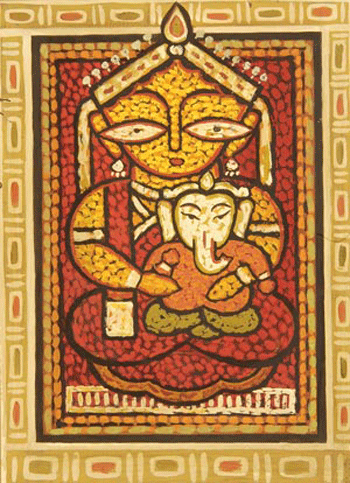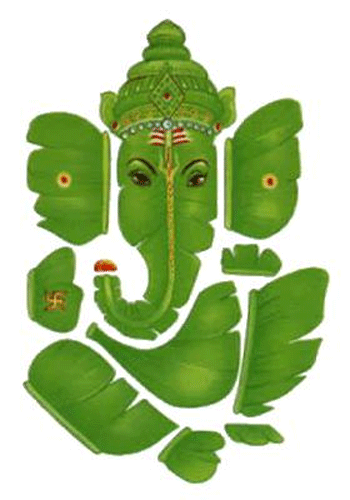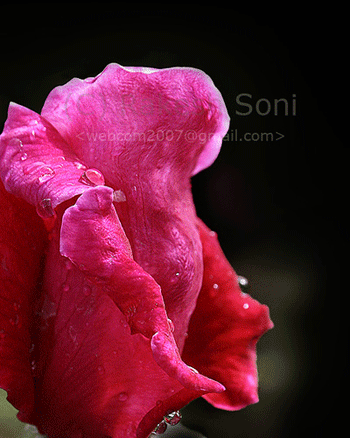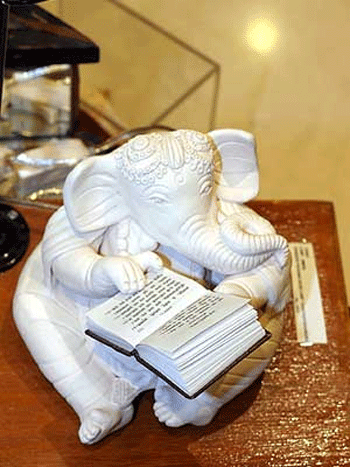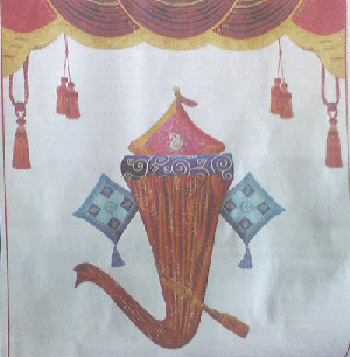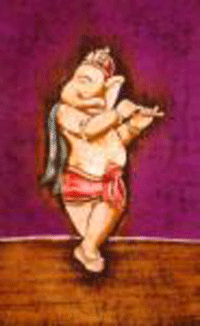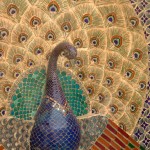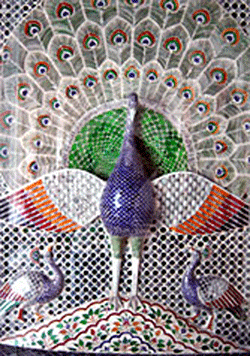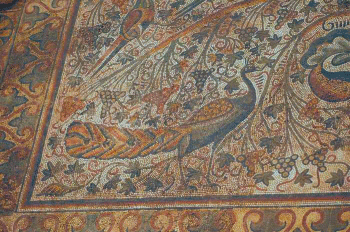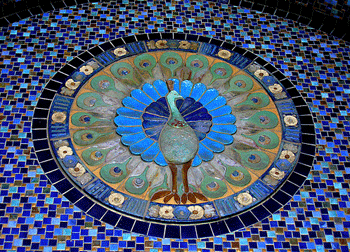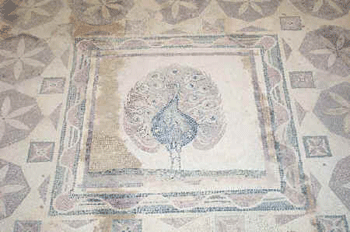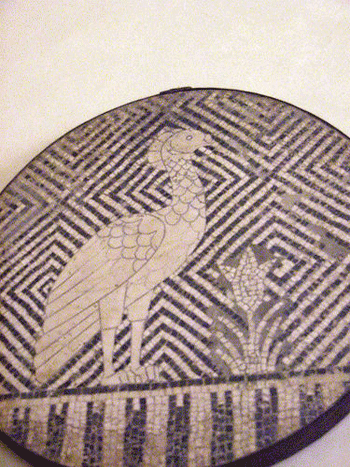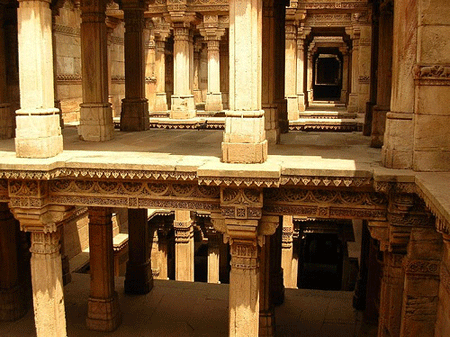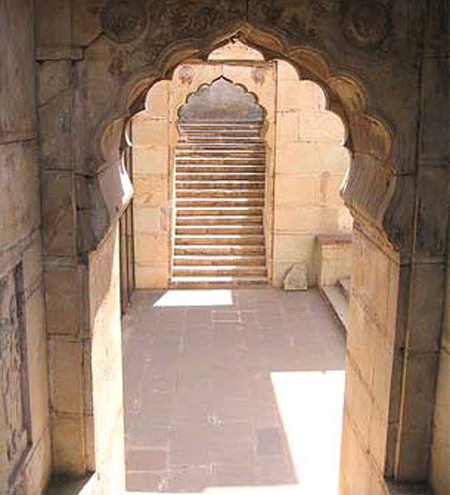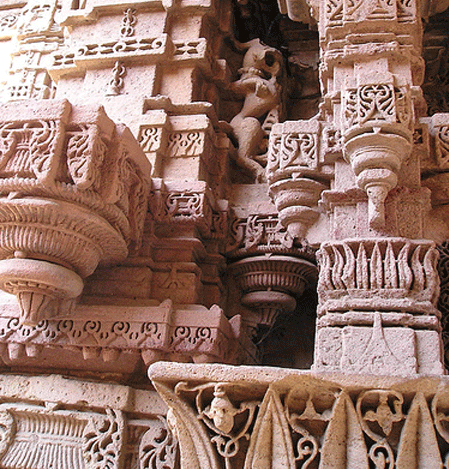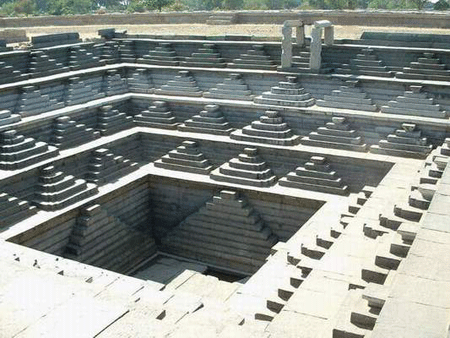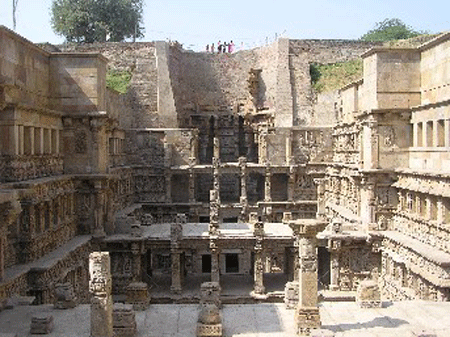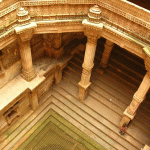In modern times, in changing India, I think He defines among other things Design. People portray Him in as many avatars as you could imagine. You can take any form, any material, you can also experiment. Devotee community is not going to pour wrath on you. Even lord Ganesha does not mind having as many avataras. He is the most loved one.
The lord Ganesha has become the true epitome of omnipresent God. He has many names. People start any kind of new work with His auspicious name. His 10 day worship-celebration starts today.
For me it is design celebration too. I will be posting one image everyday in my sidebar. I just love him (no, not religiously). I love the elements he stands for.
It is very difficult to take out a few from thousands of images but as promised here are few I love most….
Durga with Ganesha
This is a Jamini Roy (1887-1972) painting. I am having this in form of a newspaper cutting since I was a teenager. It is yellowed and edges torn, still I refuse to throw it.
Ganesha with banana leaves
Read here his story in detail with illustrations.
We, Indians try to search him everywhere. He is here in a flower. (via flickr-by Rakesh Soni)
Legend behind legend tells us that Ganesha was the best writer, the one who did not make any mistake, the one who could write non-stop. This was the reason Vedvyasa chose him as the writer and he himself narrated the epic Mahabharata.
Read here legends of Ganesha.
Dancing Ganesha
So interiory-fabriki Ganesha I had seen this year only.
Ganesha with flute
How will you draw him, how will you craft him?
Edit: I had put 10 images everyday during Ganesha Chaturthi in my sidebar. Here are those images.
